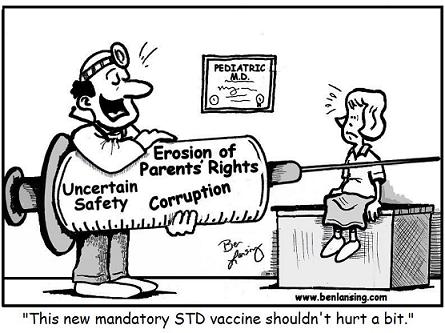Skýþverskir forfeður okkar

by Colonel J.C. Gawler
Innan við hálfa öld eftir að Ætt Ísraels fór í útlegð, var fyrst minnst á Skýþverja í sögulegum heimildum. Þessi skjöl, sem eru frá tíma Essarhaddons Assyríukonungs(681-669 fyrir Krist), voru endurheimt frá skjalasafni Nínevehborgar og eru nú staðsett í British Museum. Þau sýna að Skýþverjar voru þá staðsettir meðal Meda þar sem Biblían segir okkar af sumir af Ísraelítum höfðu verið settir í útlegð( 2 Kings 18:11). Sömu gögn sanna einnig að ný þjóð að nafni Gimiri var einnig staðsett á sama svæði á þessum tíma.
- Read more about Skýþverskir forfeður okkar
- Log in to post comments








